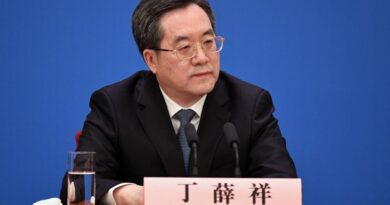Chinese Modernization and the World: Common Prosperity for All People
After the 2023 national “two sessions” successfully wrapped up, CGTN English presented a TV forum “Modernization Toward Common Prosperity for All People” on March 13. The forum is part of the serial activities “Chinese Modernization and the World”. It had political figures, think tank scholars, and China experts from the United Kingdom, the United States, Australia, Malaysia, Brazil and other countries to discuss the significance of China’s modernization. The guests agreed that China’s adherence to “common prosperity” is in the interests of the people, and the results benefit the whole world, which is worthy of reference for other countries.
Former Brazilian Minister of Development and Foreign Trade Alessandro Golombiewski Teixeira emphasized that China’s development achievements over the past few decades have proven the feasibility of realizing “common prosperity” for all people. China’s modernization focuses on universal issues such as poverty eradication and climate change response, which not only benefits China itself, but also its neighboring regions and the world. China’s modernization has universal significance and value, which is expected to be a paradigm for realizing humanity’s common prosperity.
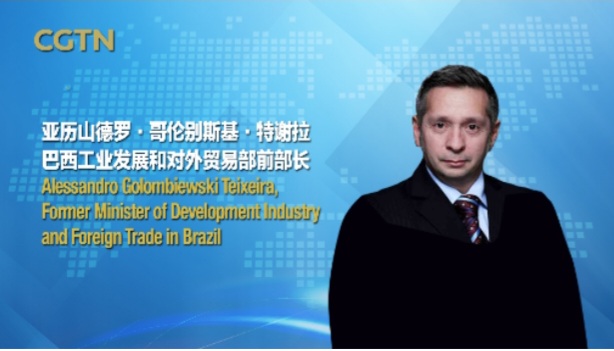
British Senior Fellow at Renmin University of China John Ross said that Chinese-style modernization involves many aspects such as society, education, culture, and health. It has truly improved people’s livelihood and well-being. Compared to China, the social development of the United States is severely imbalanced with a huge gap between the rich and the poor. Yet it still tries to dominate the world with its own values.
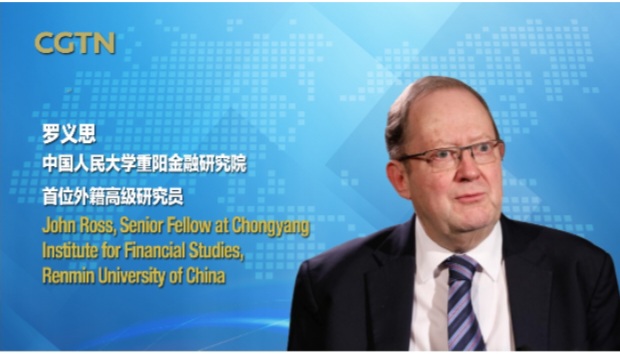
Geoffrey Hawker, the head of politics and international relations at Macquarie University said that the world is facing various difficult challenges, and the Chinese-style modernization path has coped well with various risks and challenges, enabling all people to achieve prosperity.
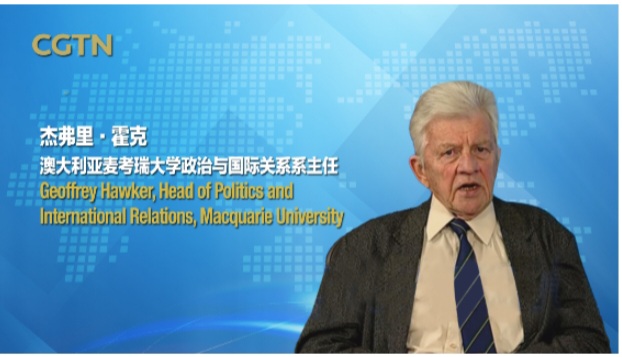
Michael Powers from the School of Economics and Management at Tsinghua University spelled out the difference between “common prosperity” and a pure welfare society. He believes that China’s “common prosperity” provides opportunities for all people to join the economic development. It not only relies on the traditional model of subsidizing low-income groups and taxing high-income groups to narrow the gap between rich and poor. It is a more proactive strategy that tries to give a fair share of the interests of economic development to people in all regions and areas, which is worth learning for many, including Europe and the United States.
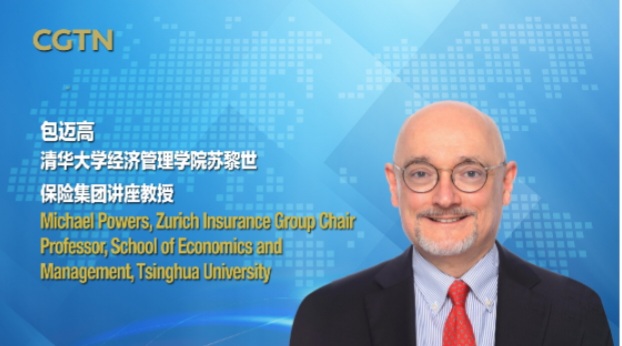
Peter Chang Thiam Chai, the deputy director of the Institute of China Studies of the University of Malaya pointed out that the idea of “common prosperity” is an inspiration to the development of the Global South. Taking the imbalanced development between coastal and inland areas, between urban and rural areas in his own country Malaysia as an example, he explained that “common prosperity” as proposed by China can effectively manage the huge gap between the rich and the poor. It is a very far-sighted development strategy. Developing countries can learn from China’s experiences.
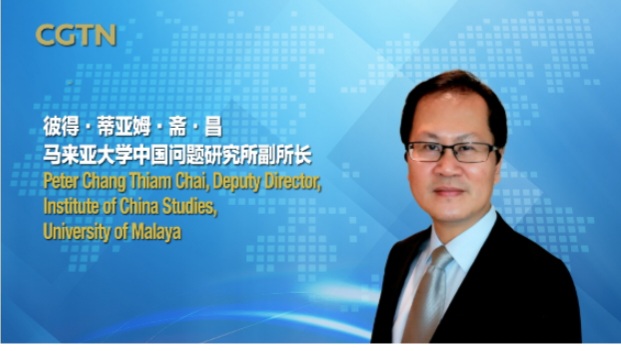
Li Yong, the chief researcher at D&G Thinktank, believes China has a clear plan for the realization of “common prosperity”. He believes efforts should be made to include all people in development. Individuals, governments, and enterprises should play an active role in promoting economic development. He sees the Belt and Road Initiative as a good example. The BRI connects China and its partners. By bringing vitality to the economic development of every country, enabling China and partners to thrive in cooperation, it ultimately helps achieve “common prosperity” in all of BRI’s partner countries.
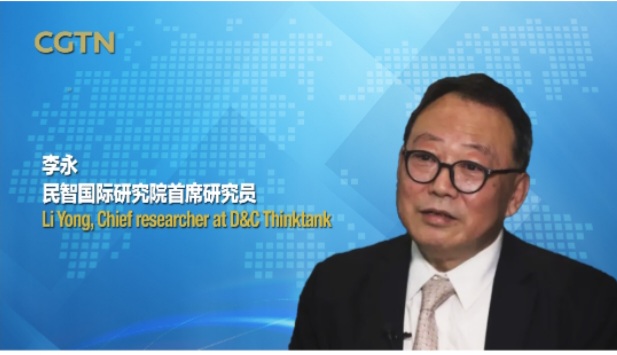
The forum was presented on March 13 Beijin Time both on the CGTN English channel and all of CGTN’s social media platforms. Media from 20 countries along the Belt and Road Initiative, including Kenya, Egypt, Pakistan, and the Philippines, broadcasted the forum. Dozens of media from the United States, Brazil, the United Kingdom, Malaysia, India and other countries covered the event.

